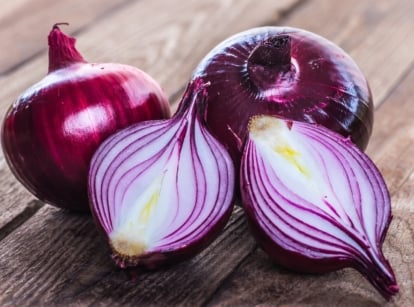
How to Plant, Grow, and Care for Red Onions
If you love cooking, you probably love the taste and versatility of red onions. But did you know that you can grow these onions easily at home? In this article, horticulture expert Matt Dursum covers how to plant, grow, and care for red onions in your garden.











